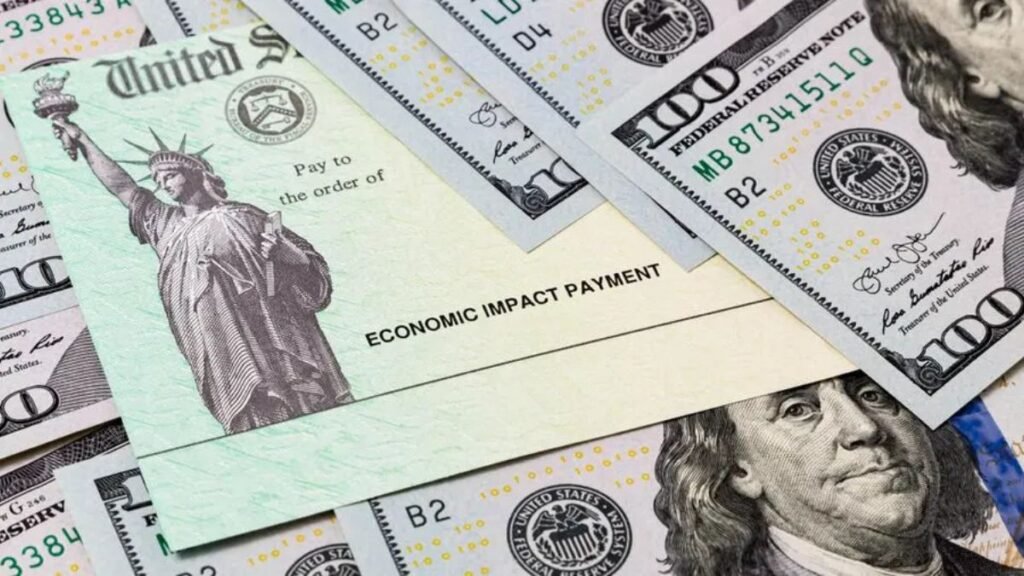A major change is set to take effect in the United States starting November 1, 2025. The central government has announced that the federal minimum wage will be increased to $9.50 per hour. This is the largest national wage increase since 2009. This move is part of the government’s effort to adjust wages to rising prices, steadily increasing inflation, and changing economic conditions.
This change not only brings relief to the working class but is also considered a significant reform in the country’s economic policies.
Why was there a need to raise the minimum wage?
For a long time, the federal minimum wage in the United States remained stagnant at $7.25. Meanwhile, inflation, rent, healthcare, and other daily expenses increased significantly. Millions of workers had been working for low wages for years, weakening their financial situation.
The 2025 wage increase is an important step in this direction. This also marks the beginning of a long-term government plan to raise the minimum wage to $15 per hour by 2030. Annual wage increases will be based on inflation and economic activity.
Key Highlights of the New Minimum Wage for 2025

This change is designed to provide direct relief to millions of workers. The new rates will help increase workers’ earnings and provide economic stability.
A Brief Overview of the New Rates
- The federal wage increased from $7.25 to $9.50 per hour.
- New base wage of $5.50 for tipped workers
- Young workers under 20 years of age will receive an $8.00 training wage for the first 90 days.
- More than 27 million workers currently earn less than $15 per hour.
- Full-time workers will see monthly earnings increase by approximately $160 and approximately $2,000 annually.
This will provide workers with better security, a transparent pay system, and a stronger economic position.
Overview of the New 2025 Rates in the United States
- Authority: U.S. Department of Labor
- Purpose: Increase employee earnings
- Beneficiary: Employees nationwide
- Category: Government assistance (wage reform)
- Official website: https://www.dol.gov/
State-Level Wage Increases
While the federal wage is $9.50, many states are implementing even higher wage increases based on their regional costs. Some states have already implemented higher wages.
Below are details of some key states:
| State | Previous Wage | New Wage (2025) | Notes |
|---|---|---|---|
| California | $16.00 | $17.50 | Many cities have even higher local rates |
| New York | $16.00 | $17.00 (NYC, Long Island, Westchester) | Other parts of the state remain at $16.00 |
| Florida | $13.00 | $14.00 | On track to reach $15.00 by 2026 |
| Washington | $16.28 | $17.25 | Among the highest minimum wages in the U.S. |
| Texas | $7.25 | $9.50 | First increase in 15 years |
| Oregon, Illinois, Colorado | $14.00–$16.00 | $14.00–$16.50 | Adjusted based on regional cost of living |
These state-level increases provide better financial support to employees based on regional needs.
New Rules for Tipped and Young Employees
Service sector employees will receive greater protection under the new federal wage policy.
Tipped Workers
- Minimum base wage is now $5.50 per hour.
- Employers must ensure total earnings are no less than $9.50 per hour.
Young Workers
- Training wage of $8.00 for the first 90 days
- Full minimum wage is mandatory thereafter.
These changes strengthen economic security for young people and service industry workers.
Employers’ Responsibilities
New wage rules will take effect on November 1, 2025, so all employers must fulfill certain responsibilities:
- Updating their payroll systems
- Adjusting wages according to employee categories
- Paying correct rates to part-time and tipped employees
- Maintaining payroll records
- Failure to comply with the rules can result in significant fines.
The U.S. Department of Labor also provides guidance and assistance to employers.
Conclusion
The USA Minimum Wage Changes 2025 will bring economic relief to millions of Americans. This federal wage increase, the first in 15 years, will boost workers’ earnings and provide them with greater financial stability. Furthermore, rising wage rates in various states demonstrate that America is moving in a new economic direction.
In the coming years, this plan also paves the way for a minimum wage of $15 per hour by 2030. This change will be a significant and long-lasting step for the American workforce.
FAQs
Q. When will the new minimum wage rates take effect?
A. They will be implemented nationwide from November 1, 2025.
Q. Who benefits from the wage increase?
A. Full-time, part-time, tipped, and youth workers will all see higher base wages.
Q. What is the new federal minimum wage?
A. The federal minimum wage will rise from $7.25 to $9.50 per hour.
Q. Will states still set their own wage rates?
A. Yes. States can set higher minimum wages based on local living costs.
Q. Do employers need to update payroll systems?
A. Yes. Employers must adjust payroll, ensure compliance, and keep accurate wage records.



